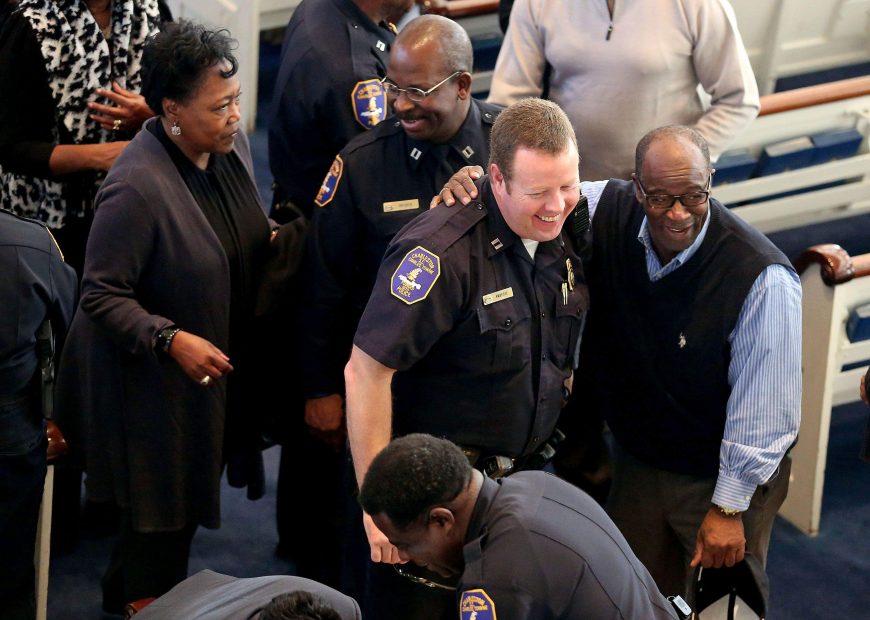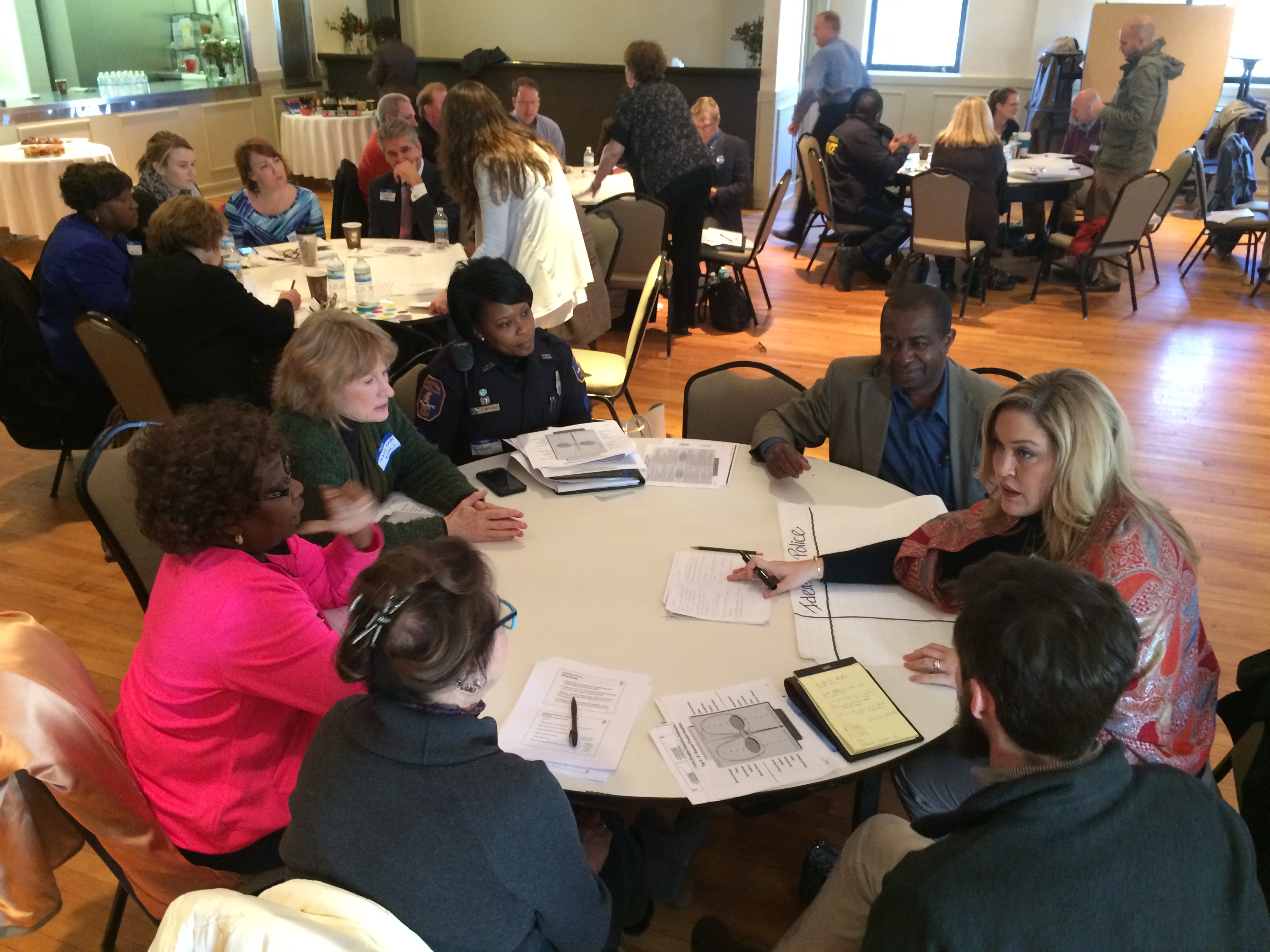Barry Johnson and Chandra Irvin Copyright © Polarity Management Associates and Irvin, Goforth & Irvin, February, 2000
Pat: “We need to gear up to meet our diverse clients’ needs.”
Chris: “Yes, but as long as we provide high quality common services to all clients, everyone will benefit.”
Pat: “But common services don’t respond to diverse needs and those communities and families who have those needs.”
Chris: “But we don’t have the time or money to develop particular services for every niche group. Basic services for everyone would be reduced.”
Organizations often have members with different points of view and different cultural perspectives. These different perspectives frequently evolve into difficult diversity issues that lead to chronic tension, power struggles, undermined relationships, frustration, feelings of inadequacy, and self-righteous indignation. At the heart of this dysfunction among caring, intelligent people is the inability to distinguish between a polarity (i.e., paradox, dilemma) which must be managed and a problem that can be solved. This article will help you distinguish between a polarity and a problem and give you some tips about how to manage a polarity when you find one.



